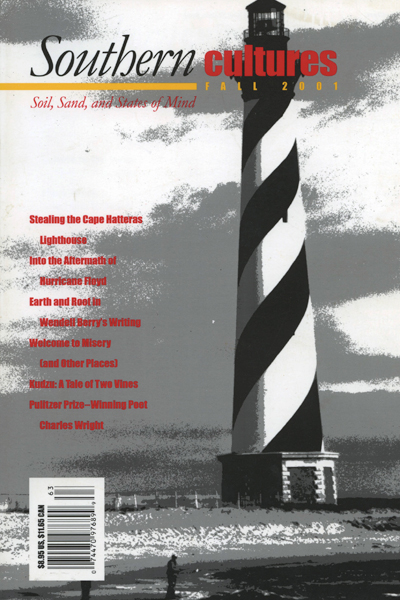“Perhaps no other part of the natural environment is more closely identified with the South than this invasive and fast growing vine.”
City leaders in Tallahassee, Florida, recently started a program that uses sheep to graze on large, troublesome patches of kudzu within the city. Several summers ago, Greenville, South Carolina, hosted the filming and theatrical debut of “Kudzula,” the story of a ten-year-old boy who saves a town from over-development with the help of a forty-foot kudzu creature.1 As these incidents suggest, the story of kudzu is a “tale of two vines.” Existing simultaneously in the realms of nature and culture, kudzu–like southern culture in general–is open to multiple interpretations and representations. In Tallahassee, kudzu is a pest. Like visiting relatives, the plant has overstayed its welcome. In Greenville, on the other hand, people not only pay $19 to watch a play about kudzu, but in that play, kudzu saves the day.


